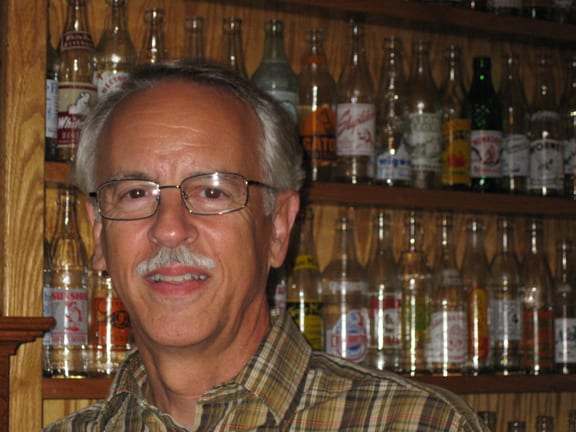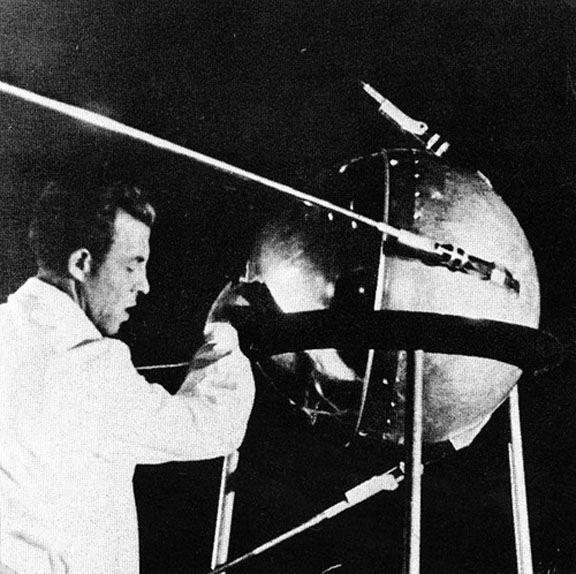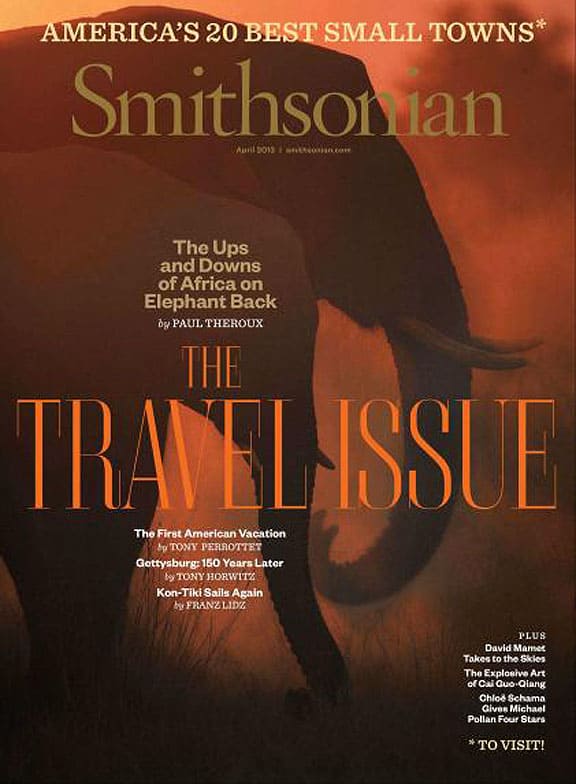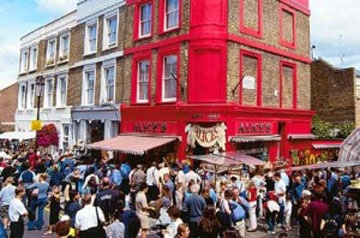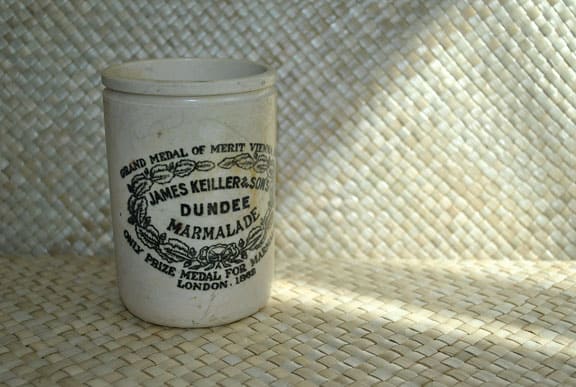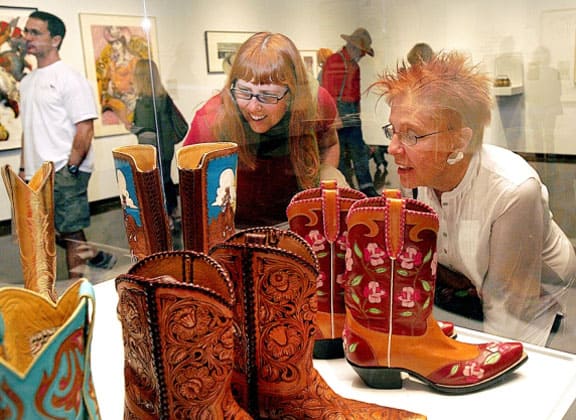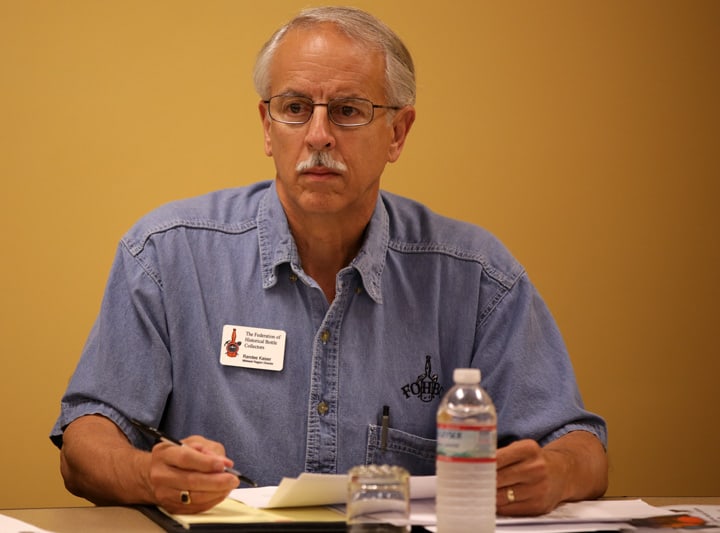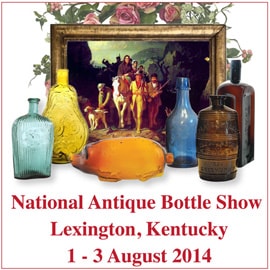My brother-in-law recently came for a visit and while here I showed him some of our more interesting sodas. Of course, I rattled on and gave him a brief dissertation. He later wrote this thoughtful email and I wanted to share it with you because of the included quote from an article by David Mamet. The quote is, as you will see, a lead paragraph from a recent article in The Smithsonian. I thought it was an apt description of the devotion that so many of us feel toward the objects that we collect. Not sure if Mamet’s paragraph would be appropriate for our use but it does seem to capture our “zealotry” and “fanaticism.”
Randee (Kaiser)
*PRG added the imagery.
The devotion that so many of us feel toward the objects that we collect
Hi Sue:
I came across the quote I wanted to show Randee. When the Russians launched Sputnik, the media went into a panic and tried to rile everybody up. From The Nation of November 23rd, 1957, p. 381… “each week a publisher must look for new ways to build circulation in a culture screaming with huckster’s calls. It is all right for journalists to be constantly racing press deadlines, but when they begin to share their professional headaches with the readers, they give the nation a continuous case of ideological jitters”. It can’t be said any better to explain the decrepit news media of today. And this is from 1957.
This morning I was reading an article by David Mamet in the April 2013 issue of The Smithsonian. I thought about Randee telling me the history of glass bottles and the talks he gives to groups. Here is what David Mamet said at the beginning of the article.
“When they were young, I took my two eldest daughters browsing on London’s Portobello Road. Down in the basement stalls, we found a fellow selling empty jam jars. These when full, had held Dundee marmalade. They were now empty, and their apparent similarities fell before his lecture on the evolution of the jar.
We were talked through the early Victorian birth of the great potteries, through the difference in tint from clay mined in the north and in the south; he explained how subtle changes in the lip of the jar were due to increased automation, and he taught us to date the jars by judging the smoothness of the glaze, and the brightness of the ink. It was the best learning experience we three had shared. It has not been surpassed, and, for 25 years, has informed and been the basis of my opinion on education: One may need a special disposition to see the world in a grain of sand, but there was the world on offer in an empty jar of jam to any who gave the enthusiast the first moment of attention.
The antique stalls on Portobello Road, the tables at the flea market and the swap meet, the driveway at the lawn sale are a university in the rough. One will not be harassed there by the schoolmaster, but may be fortunate enough to encounter the zealot, fanatic or fellow lovelorn devotee of the comic book, penknife, cowboy boot, model train and so forth through the very catalogue of the stuff of life.”
And reading this I thought of Randee and Sue and was proud to have spent time listening to you both talk about soda bottles.
Best Regards, Larry Ault
Randee Kaiser is a retired health care professional who, along with his wife Susan, is a twenty-five year collector of applied color label soda bottles. Kaiser is an active collector who attends a number of bottle shows and other related events each year. He holds membership in several historical organizations and is currently a member of the Board of Directors of the Federation of Historical Bottle Collectors (FOHBC). The Federation is a national, non-profit organization supporting the collectors of historical bottles, flasks, jars and related items. Many of the organization’s members provide educational programs for interested historical societies, museum groups and other organizations.
Randee is also one of the two co-chairs for the FOHBC 2014 National Antique Bottle Show in Lexington, Kentucky. When I asked Randee for something more than his posted bio he responded…
“Sue and I collect painted label sodas mainly from the 30s thru early 50’s with subject rather than script labeling. We have concentrated on Missouri sodas for about 25 years but still find an occasional treasure that we did not know existed. These account for about 30% of the collection with the remainder being rare, unusual bottles with unique artwork. I also collect embossed sodas from my home town of Webb City, Missouri, including hutchinson, slug plates, straight-side embossed and fancy embossed. Although a small town, Webb City had three sodas companies from the late 1800s to the 1930s.”

